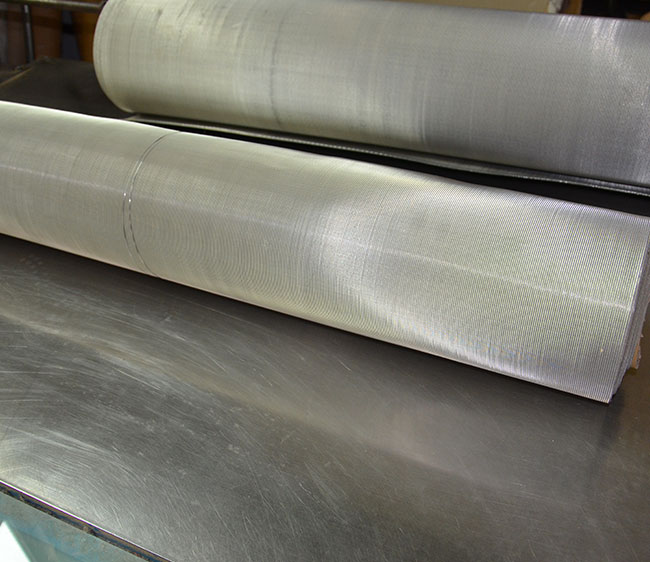Sep . 25, 2024 17:26 Back to list
fiberglass air filter
The Advantages of Fiberglass Air Filters A Comprehensive Overview
In today’s world, maintaining indoor air quality is more crucial than ever. One of the key components of achieving cleaner indoor environments is through the use of air filters, with fiberglass air filters being a popular choice among homeowners and businesses alike. This article will explore what fiberglass air filters are, their advantages, limitations, and how they compare with other filter types.
What are Fiberglass Air Filters?
Fiberglass air filters are made from layers of fine fiberglass strands. These filters work by trapping dust, allergens, and other particulates from the air that passes through them. They are typically used in heating, ventilation, and air conditioning (HVAC) systems. In terms of design, fiberglass filters are relatively simple, consisting of a flat pane of fiberglass media held within a cardboard or plastic frame.
The Advantages of Fiberglass Air Filters
1. Affordability One of the most significant advantages of fiberglass air filters is their low cost. Compared to other filter types such as HEPA or pleated filters, fiberglass filters are often much more budget-friendly. This makes them a popular choice for those who need to replace filters frequently without breaking the bank.
2. Ease of Installation Fiberglass air filters are lightweight and easy to install. Because they come in standard sizes, they can be easily replaced by homeowners without the need for special tools or expertise. This convenience makes them a go-to option for regular home maintenance.
3. Low Resistance to Airflow Fiberglass filters have low airflow resistance, meaning they allow air to pass through them more freely compared to denser filter types. This characteristic can help HVAC systems operate more efficiently, as they do not have to work as hard to pull air through the filter. Improved airflow can contribute to lower energy bills and enhanced overall system performance.
fiberglass air filter

4. Effective for Large Particles While fiberglass air filters may not capture smaller particles, they excel in trapping larger dust particles, pollen, and lint. For individuals mainly concerned with these types of contaminants, fiberglass filters can provide satisfactory performance.
5. Reduced Maintenance The low cost of fiberglass filters encourages regular replacement, which in turn helps maintain optimal air quality. Typically, these filters need to be replaced every month, ensuring that the system remains clean and efficient without requiring significant upkeep.
Limitations of Fiberglass Air Filters
While fiberglass air filters offer several advantages, they also have limitations. One of the primary drawbacks is their ability to filter out particles. Fiberglass filters are generally not effective at capturing smaller particles, such as pet dander, mold spores, or smoke. This can be a significant concern for those with allergies or respiratory issues.
Additionally, fiberglass filters usually have a lower MERV (Minimum Efficiency Reporting Value) rating compared to higher-end filters. MERV ratings indicate a filter's ability to capture different sizes of particles, and fiberglass filters typically rate around 1 to 4, making them less effective than pleated or HEPA filters, which can achieve ratings above 10.
Comparison with Other Filter Types
When comparing fiberglass filters to other options, such as pleated or HEPA filters, it's essential to weigh the pros and cons based on individual needs. Pleated filters, for example, have a larger surface area and can capture more particles, making them suitable for those concerned about finer contaminants. HEPA filters are the gold standard for air filtration and are ideal for individuals with severe allergies or asthma, but they come at a higher price point.
In conclusion, fiberglass air filters can be an excellent choice for many homeowners and businesses seeking a cost-effective filtering solution. While they have limitations regarding particle size filtration, their affordability, ease of installation, and ability to reduce airflow resistance make them an attractive option for those primarily concerned with larger particles in the air. Ultimately, the choice of air filter will depend on individual needs, budget, and specific air quality concerns. By considering these factors, users can find the perfect balance between cost, efficiency, and air quality management.
share
-
Safety Mesh for Windows – Durable Mosquito and Insect Protection Solutions
NewsJul.08,2025
-
12x24x1 Air Filter – High Efficiency Replacement for Improved Air Quality
NewsJul.08,2025
-
Premium Stainless Steel Mosquito Mesh - Durable, Rust-Resistant Protection for Windows & Doors
NewsJul.08,2025
-
Premium Stainless Steel Garden Mesh for Lasting Durability Best & High Quality Mesh Solutions
NewsJul.07,2025
-
Gold and White Blackout Curtains – Elegant Light Blocking & Insulation for Home
NewsJul.07,2025
-
Premium Spa Filter Cartridge for Clean Water Spa Pool Filters Cartridges for Jacuzzi Durable, high-efficiency spa filter cartridge for spas and jacuzzis. Improve water quality—order your pool filter cartridge now!
NewsJul.07,2025

